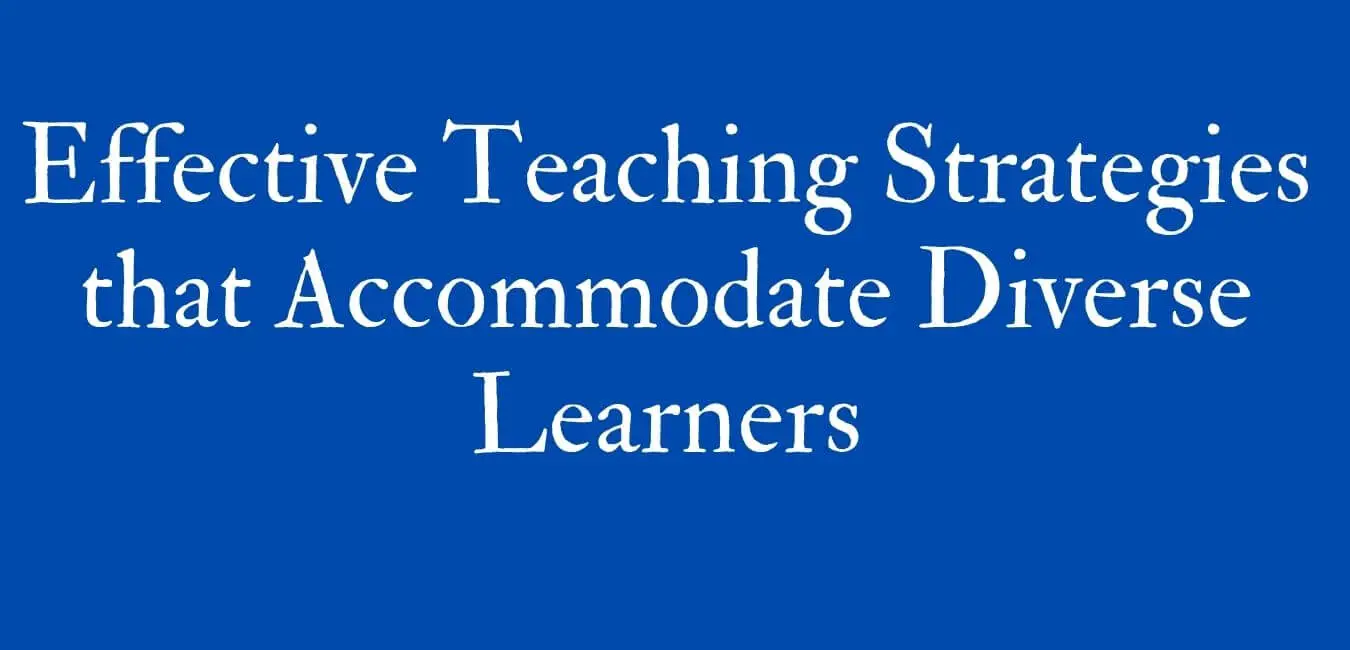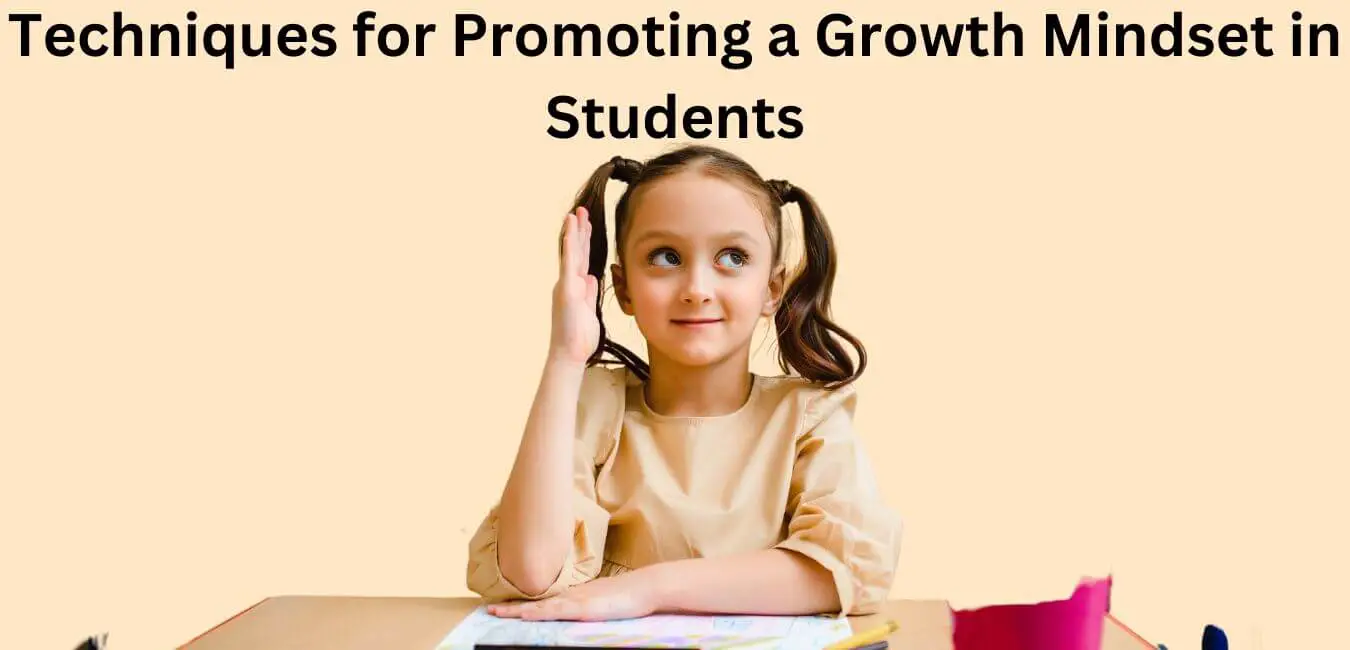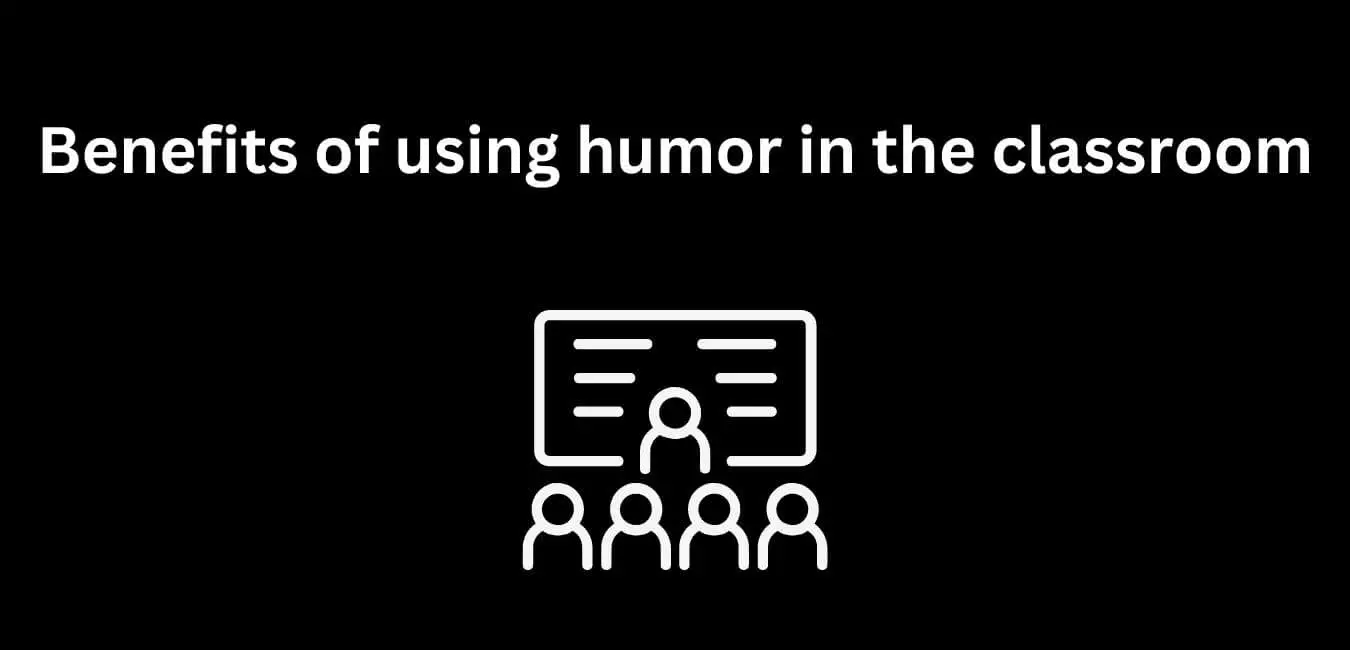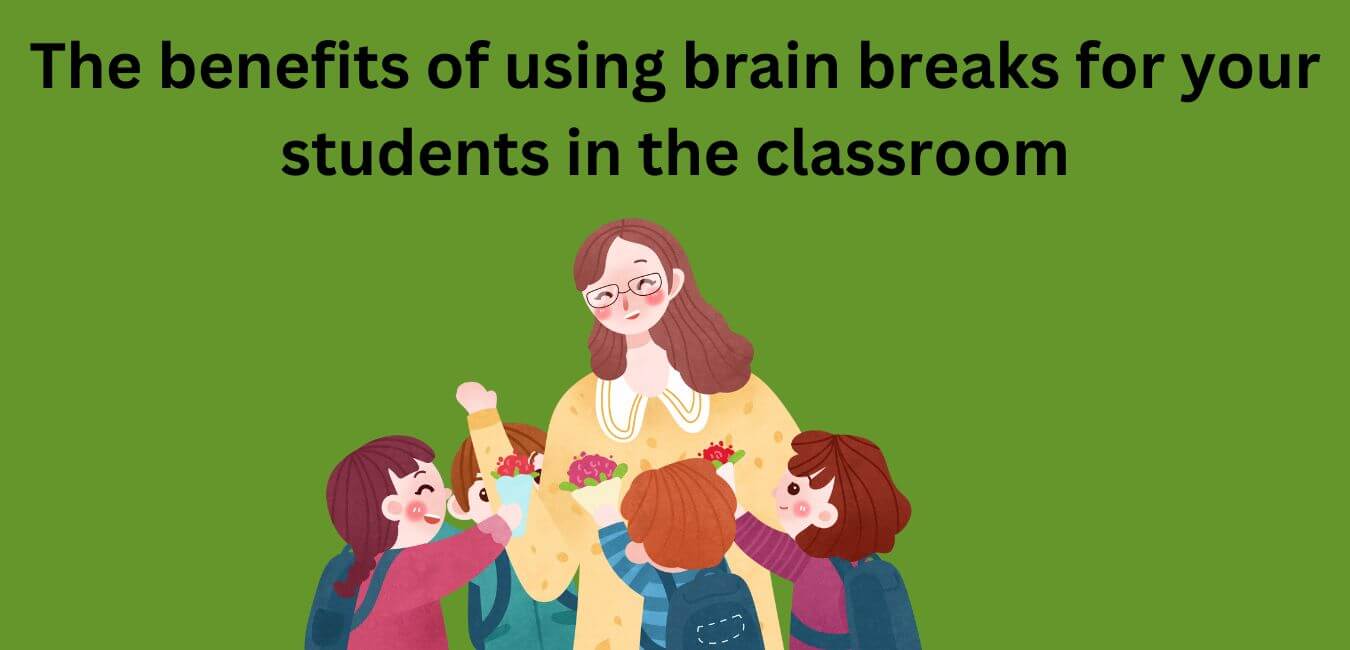Teaching is both an art and a challenge—especially when your classroom is filled with students who learn in different ways. The reality is, there’s no magic formula for meeting every learner’s needs. What works wonders for one student may fall flat with another.
But don’t worry, there are strategies you can use to create a learning environment where every student can thrive. From mixing up your teaching methods and making thoughtful accommodations to fostering an inclusive and supportive atmosphere, these approaches can help you reach even the most diverse learners.
In this article, I’ll walk you through some effective strategies to ensure every student feels seen, supported, and engaged.
Who are diverse learners?
Diverse learners are students who come from a variety of backgrounds and experiences.
This can include students who come from single-parent homes, have disabilities, are immigrants, or are culturally diverse.
Diverse learners often have different needs when it comes to learning. They may need more support than traditional students to succeed in school.
In a classroom, this means that teachers must be aware of the unique needs of diverse learners and provide them with the resources they need to succeed. What do schools need to support diverse learners?
To be successful in school, students need opportunities to learn in ways that work for them. Different learners have different learning styles, so they may not learn the same way. Effective teachers adapt their instruction based on the needs of each student.

What are the most effective teaching strategies that accommodate diverse learners?
The following are some of the most effective teaching strategies that you can use to accommodate diverse learners in your classroom:
1. Provide a variety of differentiated instruction methods.
Differentiated instruction methods are a great way to accommodate diverse learners. These methods can be used to help students who may have difficulty learning in a traditional classroom setting.
In some cases, differentiated instruction methods can also be beneficial for students who are advanced learners or those who need more support.
There are many different types of differentiated instruction methods, and it is important to choose the method that is best suited for the student. Here are four reasons why providing a variety of differentiated instruction methods is important:
a. It allows students to learn at their own pace.
b. It ensures that all students receive the same level of instruction.
c. It helps students develop skills and knowledge in a way that is most appropriate for them.
d. It promotes creativity and innovation in the classroom.
2. Create flexible seating arrangements.
Diverse learners come from a variety of backgrounds and experience different needs when sitting in a classroom.
By creating flexible seating arrangements, you can better accommodate these students. Here are six reasons why flexible seating is essential for diverse learners:
a. Flexible seating allows students with different abilities to join together in groups, which helps them feel more comfortable and supported.
b. It promotes collaboration by giving everyone a chance to share their ideas and help solve problems.
c. It allows students with disabilities to participate fully in class discussions and activities.
d. It provides an environment that is comfortable for those who are sleepy or have allergies.
e. It reduces the amount of time needed to move students between classrooms during breaks or when classes are changing periods.
f. It helps students feel more involved in the class and less isolated.
3. Allow for different communication styles.
Encouraging communication among students can help create a more inclusive classroom environment.
Different communication styles are beneficial when accommodating diverse learners.
By allowing for different communication styles, you can more effectively understand and support the needs of your students.
This can help to ensure that each student feels supported and able to participate effectively in class.
There are many advantages to allowing for different communication styles among diverse learners.
1. It allows for a greater degree of individualization within the classroom setting. This can ensure that each student feels recognized and understood.
2. It enables you to better monitor and assesses student progress. This is important since not all students learn in the same way.
3. Allowing for diverse communication styles encourages collaboration and problem-solving among classmates. These skills can be essential for success in future endeavors.
This is why I have written an article on how to allow for open communication in your classroom. Find it here.
4. Encourage student collaboration.
Encouraging collaboration among students can help create a more inclusive classroom environment.
Collaboration is a key component in accommodating diverse learners. When students work together, they can better understand and appreciate the perspectives of others.
This understanding can help them to better understand and engage with content and concepts.
In addition, collaborative learning opportunities promote creativity, innovation, and problem-solving skills.
When students have the opportunity to learn collaboratively, they are more likely to be successful in college and career-related endeavors. The following are some of the ways it can impact teaching and learning in the classroom:
1. Encouraging student collaboration is one way that you can provide a supportive environment for diverse learners in your class.
2. Engaging students in joint activities can help them develop communication and problem-solving skills.
3. Collaborative learning opportunities offer students the chance to share their ideas and experiences with others. This sharing can lead to increased understanding and knowledge of content and concepts.

5. Use positive reinforcement.
Different students learn in different ways. This can be a challenge when it comes to accommodating everyone in the classroom.
Positive reinforcement can be a great way to help diverse learners learn and succeed.
Positive reinforcement is a technique that rewards children or adults for behaving in a desirable way.
When used effectively, it can help diverse learners feel comfortable and successful in the classroom.
By using positive reinforcement, you can ensure that all students feel valued and important.
One of the benefits of using positive reinforcement is that it can increase motivation. When students are motivated to behave in a desirable way, they are more likely to stick with the learning process.
Additionally, positive reinforcement can help build relationships between teachers and students. When relationships are strong, learning tends to go smoother overall.
By using positive reinforcement, you can create an environment where all students feel welcome and are able to succeed.
6. Modify assignments as needed.
Different students learn in different ways. This is why it is so important to accommodate diverse learners in your classroom.
Modifying assignments as needed will allow all students to be successful and participate in the class content.
Some common modifications include adjusting the difficulty of questions or problems, altering the number of questions or problems, and providing alternative tasks or materials.
Each student’s learning style should be considered when making these changes.
By ensuring that assignments are tailored to each student, you will create a more inclusive classroom environment where everyone can feel involved and succeed.
7. Make accommodations for sensory needs.
The prevalence of students with different sensory needs in society is on the rise, and you will find that accommodating those needs not only benefits the individual student, but also strengthens the overall classroom environment.
There are many reasons to make accommodations for students with different sensitivities, some of which are outlined below.
a. Making accommodations for sensory needs allows students with diverse backgrounds to feel comfortable in class.
Oftentimes, these students may have difficulty coping with certain sounds or textures, which can lead to anxiety or even discomfort.
When you take notice of a student’s specific sensitivities and make accommodations accordingly, it can help them feel more at ease and learn more effectively.
b. Accommodating students’ sensory needs can prevent them from feeling isolated or excluded from the class.
Sensory needs can often be overlooked by teachers and students alike, but when they are taken into consideration, they can prevent students from feeling alienated or left out of the classroom.
c. Accommodating sensory needs leads to a greater understanding of all learners.
When teachers understand the unique needs of their students, they have a better understanding of what is possible for all students.
This allows them to tailor their interventions to different learners and achieve greater results.
d. Accommodating sensory needs can benefit all learners. When teachers and students understand each other’s needs, it can benefit all learners.
This is especially true for students who have difficulties with sensory processing or have been labeled as ‘difficult’.
8. Create a positive classroom environment.
Too often, classrooms can feel unwelcoming to students who don’t share the same cultural experiences as most of their classmates.
This can lead to difficulty engaging in class discussions, and a feeling that one’s educational experience is not valued.
A positive classroom environment helps accommodate diverse learners by creating an environment where everyone feels respected and appreciated.
In this way, students are more likely to feel comfortable sharing their opinions and ideas, and they are more likely to be motivated to stay enrolled in school.
By working to create an inclusive environment, you can help your students achieve their full potential as thinkers and problem-solvers.
9. Use individualized instruction.
Diverse learners encompass a wide range of abilities, backgrounds, and experiences.
When teaching in a classroom setting, it is important to provide individualized instruction to accommodate all students.
Individualized instruction allows for each student to learn at their own pace and maximize their potential.
It also helps create a supportive environment where students can feel comfortable asking questions and expressing their opinions.
In addition, using individualized instruction empowers students by giving them control over their learning.
Ultimately, this enables them to become successful individuals and members of society.
10. Use explicit instruction.
Explicit instruction can be a powerful tool when it comes to accommodating diverse learners in a classroom setting.
Explicit instruction is defined as clear and direct instructions that are given in a way that everyone can understand.
This type of instruction allows students to become fully engaged in the learning process and achieve a better understanding of the material.
Explicit instruction also helps build confidence in those who may feel marginalized or unsure of themselves.
By providing clear, concise information, educators can help ease any apprehension or fear associated with learning new material.
Additionally, explicit instruction allows for more individualized teaching, which can be especially beneficial for students with special needs.
Ultimately, using explicit instruction allows you to provide a welcoming environment for all students while ensuring they receive the best possible education.
11. Use cooperative learning.
Cooperative learning is a teaching method that helps accommodate diverse learners by allowing them to work together in groups.
By doing this, students are able to share ideas and learn from each other. This method is beneficial because it helps students build relationships and trust.
Additionally, cooperative learning allows students to work on individual projects while still providing support and feedback to one another.
This approach can be more engaging for those who are struggling with lessons or their studies.
Overall, cooperative learning offers many benefits for diverse learners, so it should be used when possible.
12. Use task simplification.
Task simplification is a technique that educators can use to make learning more accessible for diverse learners.
When teaching a new concept, it can be helpful to break the material down into smaller, more manageable tasks.
This way, even those who are struggling with the material can still participate in class by completing specific tasks.
Additionally, task simplification can help students retain information better since they are not constantly trying to make sense of complex instructions.
Task simplification also helps reduce frustration levels for students who may be struggling with the material.
Overall, task simplification is an effective way to accommodate diverse learners in your classroom.
Ultimately, this allows for a more engaging and successful class environment for all students.
13. Addressing cultural differences in the classroom.
Respecting the diversity of each student’s background and experience is key. Diverse learners come from all walks of life, with many different backgrounds and experiences.
For this reason, it is important to address cultural differences in the classroom so that all students can feel comfortable and be successful.
There are a number of reasons why addressing cultural differences is important:
a. It helps students understand other cultures better. By learning about the customs and beliefs of other cultures, students can build empathy and understanding.
b. It allows students to communicate more effectively with others from other cultures. When they know how to communicate in a culturally respectful way, students are more likely to build positive relationships with classmates from other countries or cultures.
c. It enables you to tailor your instruction to meet the needs of specific groups of students.
d. Understanding different cultural norms can better support your students’ academic achievement.
e. Acknowledging and addressing cultural differences can help you better understand the needs of your students and tailor instruction accordingly.
All of these benefits make addressing culture a key part of accommodating diverse learners in your classroom.

14. Adapting instruction for students with disabilities.
Adapting instruction for students with disabilities can be extremely beneficial to a class’s diversity.
Students who have disabilities often have different learning styles and require different accommodations in order to participate fully in class.
This can include modifying classroom materials, providing supplementary aids and services, or adapting the teaching style altogether.
One of the most significant benefits of accommodating diverse learners is that it helps ensure all students are able to learn effectively.
When you are aware of the unique needs of your students, you can create tailor-made lessons that accommodate everyone in the class. By doing this, you can help build a more inclusive community and better serve all learners.
Another example is that some disabled students might have difficulty following a traditional lecture format or absorbing information from a textbook.
Adapting instruction can help these students succeed by breaking down complex material into manageable chunks, providing visual aids, and working with them one-on-one.
Adapting instruction also helps to ensure that everyone in the class is learning at their own pace.
This is crucial for those students who might struggle with attention spans or take longer to understand new concepts.
15. Be flexible.
It is important to be flexible when accommodating diverse learners in the classroom. As educators, it is our job to ensure that all students feel welcome and included in the classroom.
This means being flexible and accommodating to different learning styles and preferences.
There are a variety of ways that being flexible can help accommodate diverse learners in your class.
For example, you may want to consider allowing students to work in groups or pairs instead of in a traditional lecture setting.
Additionally, you could offer supplemental materials such as handouts or videos that are specific to each student’s needs.
Ultimately, it is important to remember that diversity is a part of life and should be celebrated in the classroom. By being flexible and accommodating, you will create an environment where everyone can learn and thrive.
Conclusion
Accommodations for diverse learners can be a challenge, but with the right strategies in place, all students can succeed in the classroom. By making the necessary adjustments for students with disabilities or learning differences, you can create an environment where everyone can learn and thrive.
















